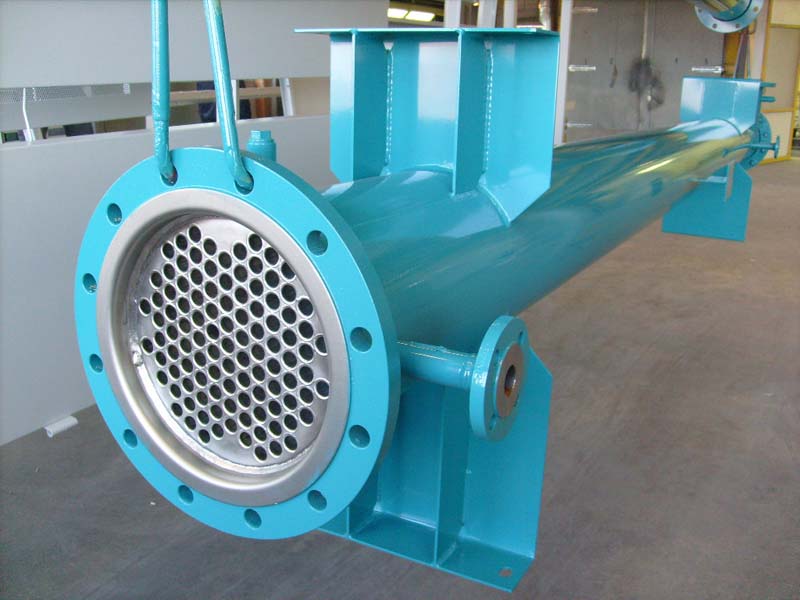
ENKOTHERM - LEADERS OF HEAT EXCHANGE
Because each project is unique, we are grateful that the heat exchanger professionals represented by our company, ENKOTHERM, assist in the implementation of each one. The ENKOTHERM team provides high-quality devices based on many years of expertise in inventing, designing, and manufacturing heat exchangers. Employees of BIOKONA have considerable expertise in collaborating with ENKOTHERM on a wide range of projects. High-quality items are created with precise characteristics and project requirements in mind. The manufacturing process is adaptable to changing environmental conditions. We give great attention to access for simple maintenance, cleaning, inspection, maintenance, and operation even during the planning stage.
EQUIPMENT AND APPLICATION:
- Exhaust gas heat exchangers are used in combined heat and power (CHP) facilities to improve the efficiency of stationary engines. The majority of the exhaust gas cooling energy is utilized to heat water or thermal oil.
- Multi-stage flue gas heat exchanger systems that cool the flue gas below the condensation point are also commonly used. The energy in the flue gas may thus be utilized efficiently, including some of the heating value.
- Flue gas heat exchangers are commonly used in local and district heating, swimming pools, absorption cooling systems, and other industrial applications. Our exhaust gas heat exchangers are available as individual components or as full solutions with safety technology, exhaust gas bypass, and catalyst chamber.
- Many well-known engine manufacturers and factory designers choose to use these exhaust gas heat exchangers.
- Gas heating and cooling heat exchangers are particularly designed for biogas and waste gas processing. They are utilized in biogas facilities with output levels ranging from 50 Nm³/h to 2000 Nm³/h. Gas treatment facilities effectively increase the service life of engines in combined heat and power systems by removing impurities and moisture.
- The process gas is heated in the gas heating heat exchanger to prevent condensate development in the CHP system’s downstream components.



